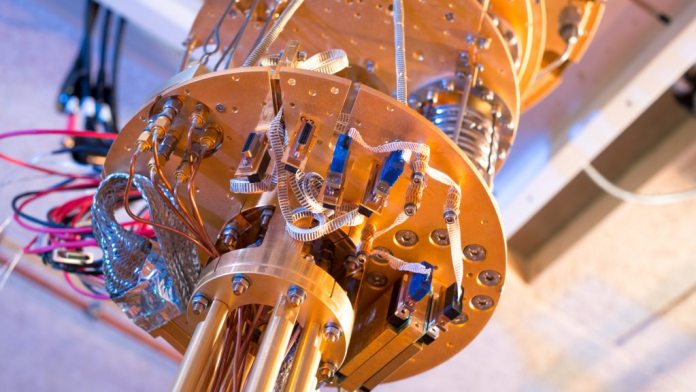In an accompanying blog post, Microsoft describes the heterostructure device as a composition of a ferromagnet, a superconductor, and a semiconductor. These three components where created using an ultra-high-vacuum molecular beam epitaxy (MBE) machine. Microsoft explains a heterostructure is a device created from solid materials: “When the interfaces between the different materials are clean, the device can have properties that would be difficult, if not impossible to obtain in any single material. But when the interfaces contain impurities, the device may capture the worst, rather than the best properties, of the materials comprising it.” Quantum computing has the potential to transform the world in which we live. Complex problems, such as major global issues. However, under current conditions, normal computers would take billions of years to reach a solution. Quantum computing promises to revolutionize calculation and complete equal tasks in days or even hours.
Continuing Research
Microsoft Quantum is a program that Microsoft has been developing for some time. It will leverage the new device methods to create novel heterostructures. Microsoft Research believes the results could lead to a breakthrough in commercial-grade quantum computers. “Thus, this work, has intrinsic interest as a new device type with a unique mix of features and is also a significant step towards the creation of simpler topological quantum computing systems. It is also another example of how Microsoft and its partners, such as Copenhagen University, are reinventing the science and engineering of quantum devices.” Microsoft is one of the leaders in quantum computing research. Earlier this year, the company successfully broke ground by helping to solve a decades old problem.




